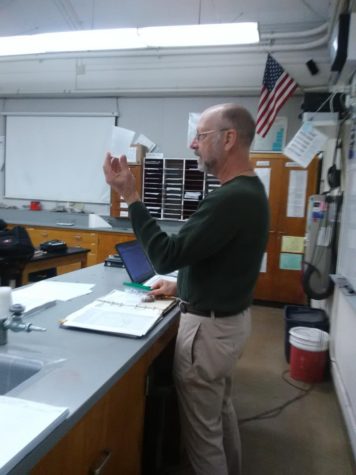NASA Launches New Space Station
The National Aeronautics and Space Administration (NASA) is one of the most influential organizations in the U.S. today. However, according to reports from the Office of Management and Budget, NASA has undergone significant budget cuts since the early 2000s. Since then, NASA has not been as conspicuous in mainstream media. However, the research that NASA is doing today is just as important. On April 18, the Transiting Exoplanet Space Station (TESS) was launched on a two-year mission. The launch was the first partnership between NASA and private corporation SpaceX, whose Falcon 9 rocket was used.
The goal of the TESS is to identify exoplanets, planets outside the solar system, near bright stars. The TESS will identify potential planets and will send the information back to Earth, where powerful telescopes will be used to determine if the object is indeed a planet. Overall, scientists expect 200,000 stars to be analyzed, around 20,000 of which should be targeted as potential planets.
Considering the spectrum of area expected to be surveyed, scientists consider this mission to be of their best chances to identify extraterrestrial life. The majority of the exoplanets are likely to be rocky or icy planets with conditions too extreme for life. However, scientists hope to also identify over 500 Earth-like or super-Earth planets which are significantly larger. The TESS will analyze stars significantly brighter than that of the previously ground breaking Kepler mission, which discovered hundreds of Earth-like planets. This will make it significantly easier to identify inhabitable planets in the universe.
Still, even if the TESS does not identify extraterrestrial life, it will inevitably bring hugely valuable quantities of data for scientists. The TESS will be able to better analyze galaxies surrounding the Milky Way in greatly improved techniques, expanding the boundaries of scientific knowledge outside the galaxy. However, no one knows yet what the mission will uncover.
Hello there! Our goal is to provide relavent, engaging journalism for readers of all ages. Your donation will support the student journalists of the Wolfpacket at Claremont High School, and will allow us to purchase equipment, print our monthly issues, and enter in journalism competitions. We appreciate your consideration!

Jaden Clark is a senior attending Claremont High School. It is his third year on the Wolfpacket, and he is currently an Assistant Editor-in-Chief. Clark...










